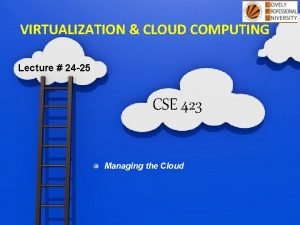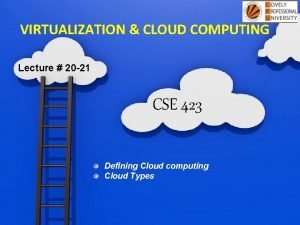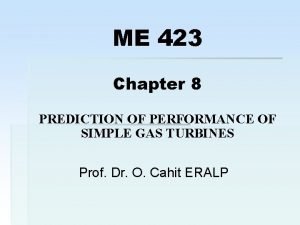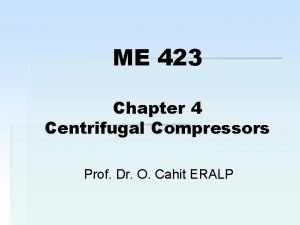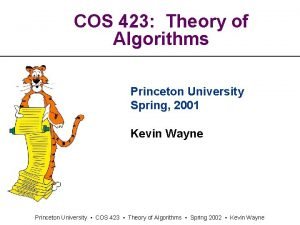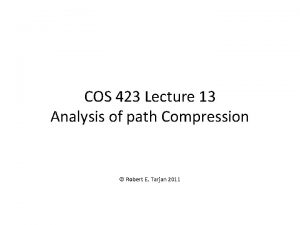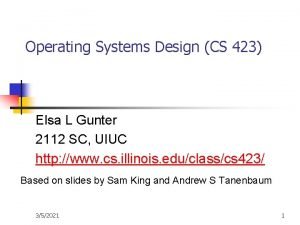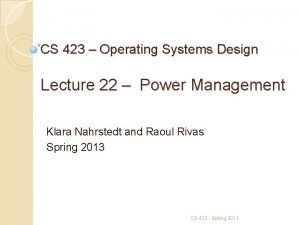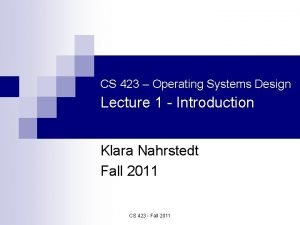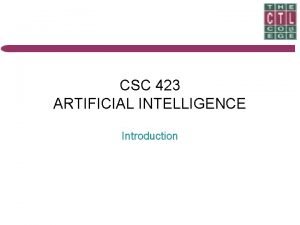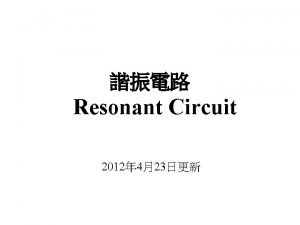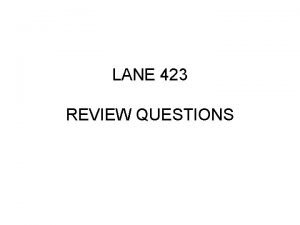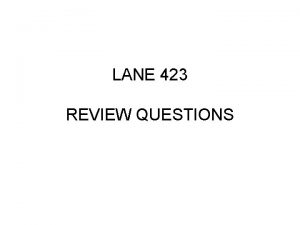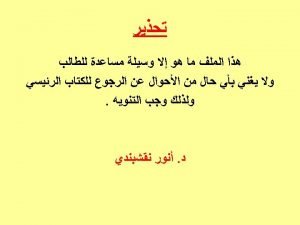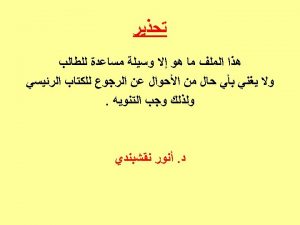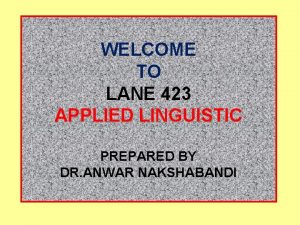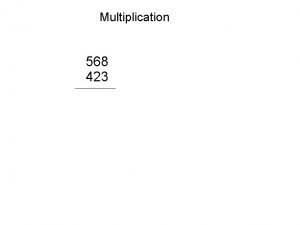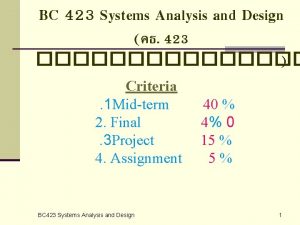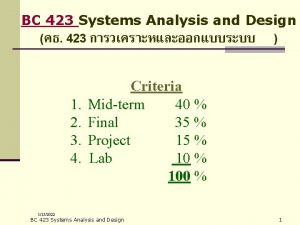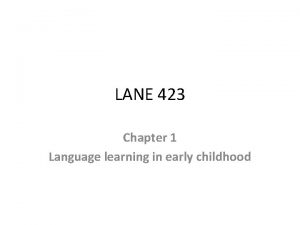LANE 423 REVIEW QUESTIONS INTRODUCTION WHAT IS APPLIED

















- Slides: 17

LANE 423 REVIEW QUESTIONS

INTRODUCTION WHAT IS APPLIED LINGUISTICS?

A. Fill in the blanks: 1. …………. is a system of arbitrary vocal or written symbols that members of a given society use to communicate with one another. 2. …………. is the scientific study of language. 3. …………. . refers to the applications of linguistic principles or theories to linguistic practical matters such as second language teaching, translation, etc… 4. Language is used for ………………. 5. Linguistics has two aspects …………. . and applied.

B. True or false: • ( ) Theoretical and applied aspects of linguistics are mutually interdependent and complement each other. • ( ) In the American tradition, applied linguistics is synonymous with language teaching. • ( ) The primary concern of applied linguistics is first language acquisition. • ( ) There are clear-cut boundaries between applied and theoretical linguistics. • ( ) Applied linguistics has an interdisciplinary nature and can’t be defined precisely in isolation from other fields such as sociolinguistics, psycholinguistics, etc…

CHAPTER ONE LANGUAGE, LEARNING, AND TEACHING

A. Fill in the spaces: 1. …………… is a process of puzzle solving in which the task of the scientist, (the teacher) is to discover the pieces and then fit them together. 2. …………… of a concept is a statement that captures its key features. 3. The theory of …………… is theory of learning "stood on its head". 4. In the decade of the 1960 s, the generative-transformational school of linguistics emerged through the influence of ……………. 5. Typical …………… models were classical and operant conditioning, rote verbal learning, instrumental learning, discrimination learning and other empirical approaches to studying human behavior. .

B. True or false: • ( ) One of the key issues in second language learning and teaching is the differential success of children and adults in learning a second language. • ( ) Your understanding of the components of language determines to a large extent how you teach a language. • ( ) The constructivist describes human languages and identifies the structural characteristics of those languages, rigorously applying the scientific principle of observation of human language. • ( ) Piaget and Vygotsky are often associated with constructivism. • ( ) In grammar translation method, classes are only taught in the target language

CHAPTER TWO FIRST LANGUAGE ACQUISITION

A. True or False: 1–( ) The concern of language acquisition goes back to the sixteenth century specifically to the German philosopher Tiedemann. 2–( ) Behaviorists do not believe in the responses and stimulus as the way of learning. 3_( ) Nativists believe that a child is born without a genetic capacity to perceive any language. 4–( ) Piaget, Wanner, as well as Bloom, do not believe that what children learn about language is determined by what they already know about the world. 5–( ) Interaction is not important to develop the language. 6–( ) Competence refers to one's underlying knowledge of a system, event or fact. 7–( ) Performance is the overtly observable manifestation of competence.

8–( ) Behaviorists concentrated on language as set of habits. 9–( ) Children are more superior in comprehension than production. 10 – ( ) Competence is non-observable ability. 11 - ( ) Language is universally acquired in different manners. 12 – ( ) Learning is not the same to all different languages. 13 – ( ) There is influence of language on cognition and vice versa. 14 – ( ) Imitation is an important strategy used in acquisition. 15 - ( ) Practice is referring only to speaking.

B– Fill in the spaces using the following words: • Nativist – LAD – Pivot Grammar – Competence – Performance Production - Habit - Systematic – Imitator – Direct Method. • 1 – Charles Berlitz introduced what is called …………………. . • 2 – Children acquire the language in a ………………way. • 3 – Children are excellent………………. . • 4 - …………………believe that a child is born with a genetic capacity to perceive any language exposed to. • 5 - ……………. refers to language acquisition device. • 6 - ……………refers to a belief that a child says random words. • 7 - ……………. . refers to one's underlying knowledge of a system, event or fact. • 8 – Children are more superior in comprehension than in………………. . • 9 – ………………refers to the overtly observable and concrete manifestation of competence. • 10 – Behaviorists concentrated on language ………….

CHAPTER THREE AGE AND ACQUISITION

A, True or False : 1. ( ) As the child matures into adulthood, the right hemisphere becomes more dominant than the left hemisphere. 2. ( ) It is wrong to draw a direct analogy between first and second language acquisition without bearing in mind the differences between adults and children. 3. ( ) After lateralization takes place, it is difficult to acquire fluent control of a second language or acquire an authentic native-like pronunciation of the second language. 4. ( ) The acquisition of the communicative and functional purposes of the language are more important than the acquisition of a perfect accent. 5. ( ) It is easy to get a linguistic competence in a second language as it is in the first language. 6. ( ) Alexander Guiora is the one who proposed the concept of “language ego” to account for the difficulties adults have in learning a foreign language. 7. ( ) Adults and children comprehend more than they can actually produce when learning a language.

8. ( ) Language, in general, is acquired in the same manner whether first or second. 9. ( ) Language helps to shape thinking and thought helps to shape language. 10. ( ) The Audio-Lingual Method was called the Army Method since it emerged during the World War ll. 11. ( ) For the Grammar-Translation Method, learning a language is a habit formation and rote learning. 12. ( ) The Audio-Lingual Method failed to teach long-term communicative proficiency. 13. ( ) The cognitive domain includes factors such as inhibition, extroversion, attitudes, etc… 14. ( ) The best practice for second language learning is the meaningful communication not just rote practice or focus on the forms only. 15. ( ) The Audio-Lingual Method focuses on the structure of the language.

• • Fill in using the following words: ( compound - equilibration - lateralization - Critical Period coordinate ) 1. The ……………. Hypothesis claims that there is a critical time for language acquisition during which language can be acquired more easily and beyond which language is increasingly difficult to acquire; it occurs beyond puberty. 2. ……………………. . bilinguals are people who have one meaning system for the two languages. 3. . . . means that as the human brain matures, certain functions are assigned to the left hemisphere and other functions are assigned to the right hemisphere. 4. ………………. . means that the cognition develops as a process of moving from stages of doubt and uncertainty to stages of resolution and certainty. 5. ……………………… bilinguals are people who learn second language in separate contexts.

CHAPTER FOUR HUMAN LEARNING

A. Fill in the spaces: 1. …………… are classes of responses. They are emitted and governed by the consequences they produce. In contrast, …………… are sets of responses that are elicited by identifiable stimuli. 2. …………… involves the mental storage of items having little or no association with existing cognitive structure. On the other hand, …………… may be described as a process of relating and anchoring new material to relevant established entities in cognitive structure. 3. …………… is the elimination of unnecessary clutter and clearing of the way for more material to enter the cognitive field. B. True or false: 1. ( 2. ( 3. ( 4. ( 5. ( 6. ( 7. ( 8. ( 9. ( ) For Pavlov, the learning process consisted of the formation associations between stimuli and reflexive responses. ) Pavlov's and Watson's method had influenced both learning theories and language teaching practices for decades. ) In meaningful process like second language learning, mindless repetition, imitation, and other rote practices in the language classroom are of great importance. ) Skinner called Pavlovian conditioning respondent conditioning since it was concerned with the respondent behavior. ) Punishment can be either the presentation of an aversive stimulus, the more commonly known form, or the withdrawal of a negative reinforce. ) Watson's behaviorism rejected the centralistic notion of innateness and instinct in studying the human behavior. ) David Ausubel adopted the cognitive theory of learning. ) We can make things meaningful if necessary and if we are strongly motivated to do so. ) Rogers's humanistic psychology has more of a cognitive focus than an affective one.

